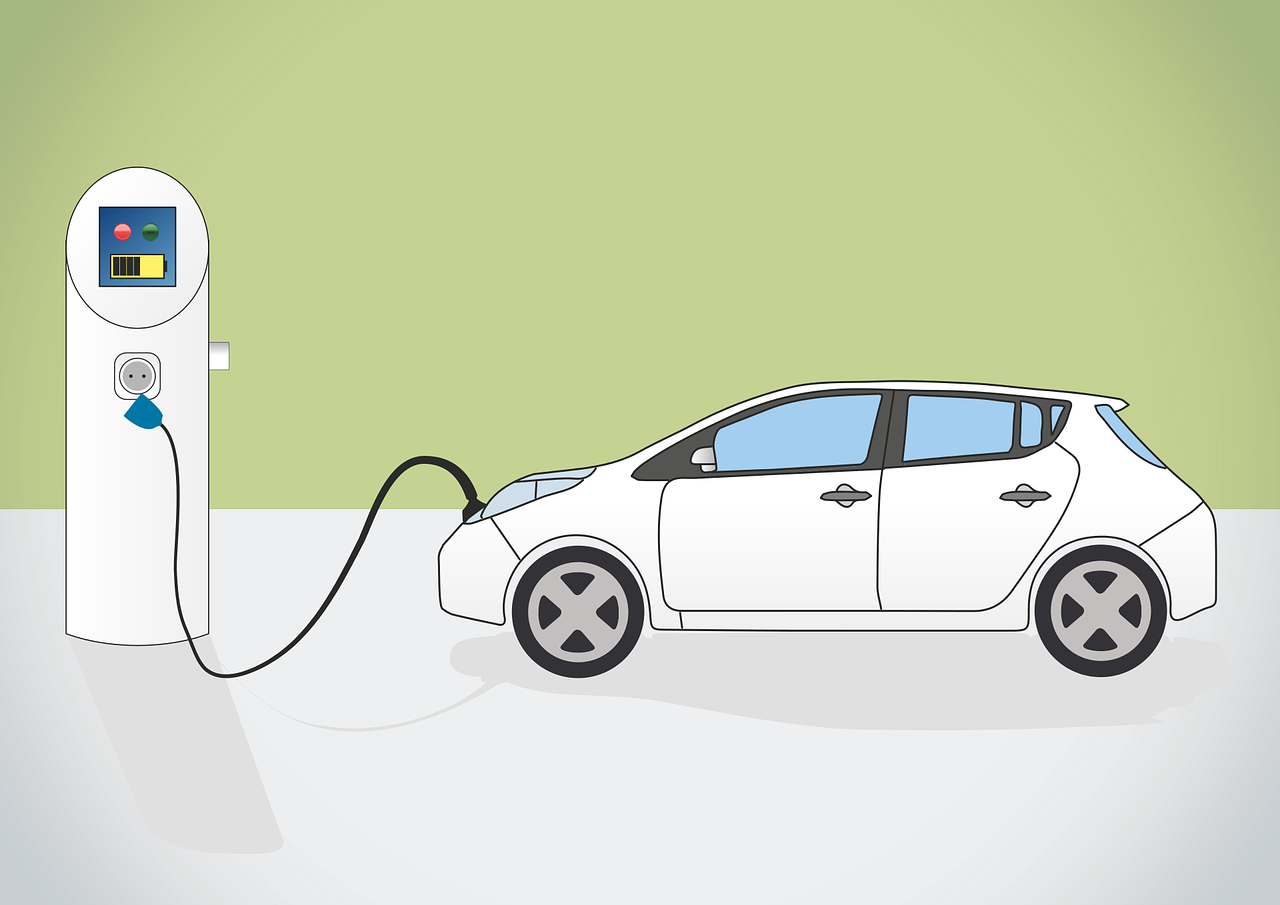Schottky Diodes: The Fast and Efficient Solution for Modern Electronics
Introduction
In the world of semiconductor devices, Schottky diodes stand out for their unique properties and specialized applications. Named after the physicist Walter H. Schottky, these diodes offer distinct advantages over traditional silicon diodes, especially in high-speed and low-voltage applications. This blog post will explore what Schottky diodes are, how they work, their benefits, and their common uses in electronics.
1. What is a Schottky Diode?
A Schottky diode is a type of semiconductor diode characterized by its metal-semiconductor junction, as opposed to the p-n junction found in standard silicon diodes.
- Structure: The Schottky diode features a junction between a metal (such as platinum, gold, or tungsten) and a semiconductor (typically n-type silicon). This junction is different from the traditional p-n junction and is known for its low forward voltage drop.
- Forward Voltage Drop: Schottky diodes have a lower forward voltage drop compared to silicon diodes, typically ranging from 0.15V to 0.45V, making them more efficient in low-voltage applications.
2. How Do Schottky Diodes Work?
Schottky diodes operate based on their unique metal-semiconductor junction, which gives them their distinct characteristics:
- Metal-Semiconductor Junction: Unlike p-n junctions, Schottky diodes use a metal-semiconductor junction to control the flow of current. This junction results in faster switching times and lower forward voltage drop.
- Forward Bias Operation: When forward biased, Schottky diodes allow current to flow with minimal voltage drop. The reduced voltage drop improves efficiency and reduces power loss in circuits.
- Reverse Bias Operation: In reverse bias, Schottky diodes have a lower breakdown voltage than silicon diodes. This characteristic limits their use in high-voltage applications but is advantageous in other areas.
3. Advantages of Schottky Diodes
Schottky diodes offer several benefits that make them ideal for specific applications:
- Fast Switching Speed: Schottky diodes can switch on and off much faster than silicon diodes, making them suitable for high-frequency applications.
- Low Forward Voltage Drop: The reduced forward voltage drop results in lower power dissipation and higher efficiency, especially important in low-voltage circuits.
- Low Reverse Recovery Time: Their quick recovery time reduces delay and minimizes power loss in high-speed switching circuits.
4. Applications of Schottky Diodes
Schottky diodes are used in various applications where their unique properties provide significant advantages:
- Power Rectifiers: Employed in power supplies and converters, Schottky diodes improve efficiency by reducing power loss due to their low forward voltage drop.
- High-Frequency Circuits: Used in radio frequency (RF) and microwave circuits, where their fast switching speed is crucial.
- Clamping and Protection: Ideal for clamping circuits and protecting sensitive components from voltage spikes due to their low forward voltage drop and fast response.
- Mixers and Detectors: Common in RF mixers and detectors, where their quick response time is beneficial for accurate signal processing.
5. Practical Considerations
When using Schottky diodes, consider the following factors:
- Reverse Voltage Rating: Schottky diodes generally have lower reverse voltage ratings compared to silicon diodes. Ensure the diode’s reverse breakdown voltage exceeds the maximum voltage it will encounter in the circuit.
- Thermal Management: Schottky diodes can dissipate heat during operation. Proper thermal management is essential to prevent overheating and ensure reliable performance.
- Current Rating: Choose a diode with an adequate current rating for your application to prevent damage and ensure proper operation.
6. Troubleshooting Common Issues
Common issues with Schottky diodes include:
- Overheating: Excessive current or inadequate heat dissipation can cause overheating. Verify that the diode’s current rating is appropriate and provide adequate cooling.
- Reverse Leakage: High reverse leakage current may indicate damage or an unsuitable diode for the application. Check the diode specifications and test for proper operation.
- Reverse Breakdown: Ensure the diode is used within its specified reverse voltage limits to prevent breakdown and failure.
7. How to Choose the Right Schottky Diode
Selecting the right Schottky diode involves:
- Forward Voltage Drop: Choose a diode with a low forward voltage drop suited to your circuit requirements.
- Reverse Voltage Rating: Ensure the diode’s reverse voltage rating is higher than the peak reverse voltage it will experience.
- Package Type: Consider the physical package and thermal management needs based on your circuit design and application.
Conclusion
Schottky diodes are essential components in modern electronics, offering advantages like fast switching speeds, low forward voltage drop, and efficient performance in high-frequency and low-voltage applications. By understanding their operation, benefits, and applications, you can make informed decisions about incorporating Schottky diodes into your electronic designs.
latest video
news via inbox
Nulla turp dis cursus. Integer liberos euismod pretium faucibua







